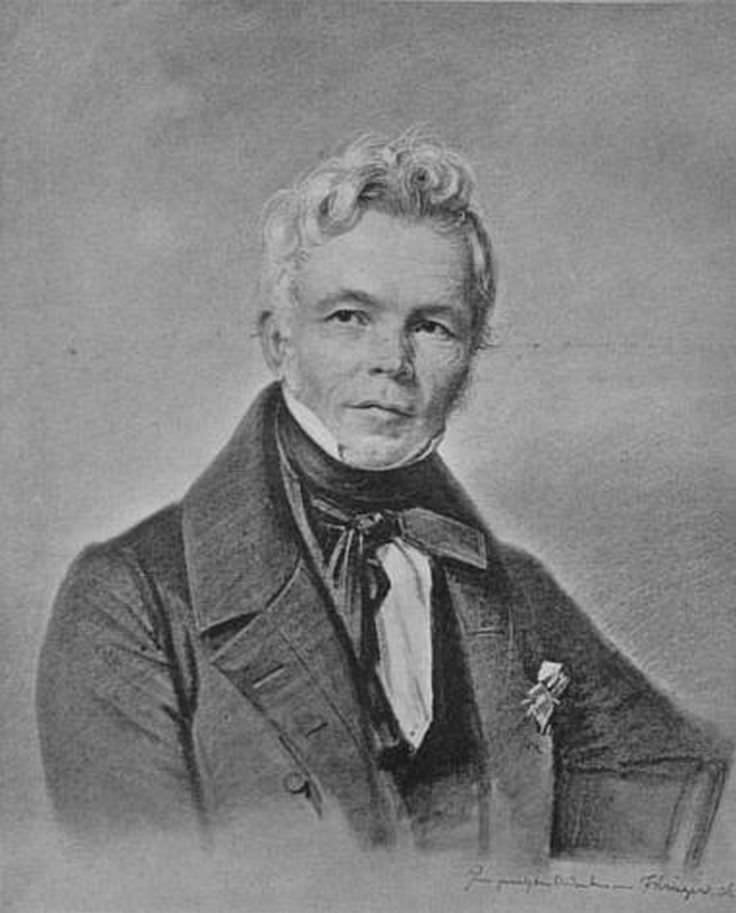
Karl Friedrich Schinkel Celebrity biography, zodiac sign and famous quotes
Karl Friedrich Schinkel. Neuruppin 1781 - Berlin 1841 The Prussian architect, city planner and painter Karl Friedrich Schinkel was born as the son of a minister and a merchant's daughter in Neuruppin, Brandenburg, on March 13, 1781. He was the founder of the so-called "Schinkelschule" and had a decisive influence on Classicism in Prussia.

le promeneur du 68 A Berlin Karl Friedrich Schinkel, architecte néoclassique de génie et
Karl Friedrich Schinkel (13 March 1781 - 9 October 1841) was a Prussian artist and architect. He was born in Neuruppin, Margraviate of Brandenburg. He became a student of architect Friedrich Gilly (1772-1800). After returning to Berlin from his first trip to Italy in 1805, he started to earn his living as a painter. Working for the stage he.
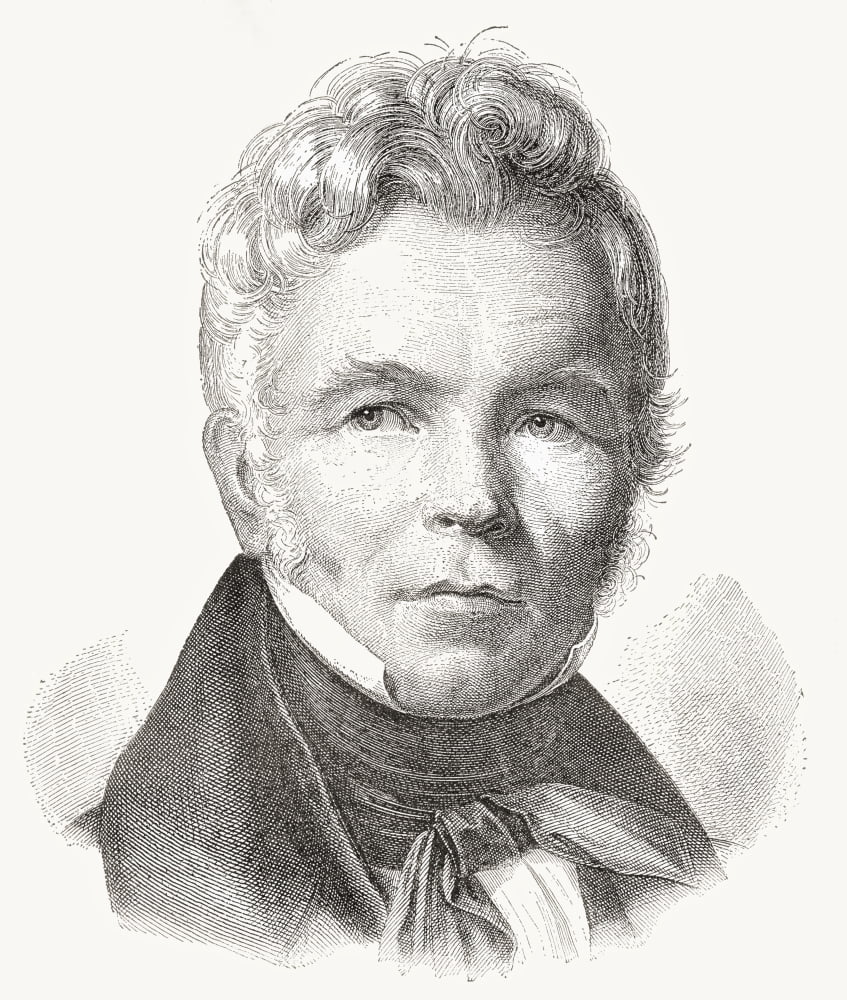
Karl Friedrich Schinkel 1781 PosterPrint
Armchair. Between 1826 and 1828, at the height of his influence as Germany's leading architect and most sought-after designer, Karl Friedrich Schinkel was commissioned by Prince Karl of Prussia (1801-1883) to remodel the prince's Berlin palace (destroyed in World War II). It seemed appropriate that Karl, a son of King Frederick William III of.

Karl Friedrich Schinkel Carl friedrich, Klassizismus, Klinker
Young Schinkel watched the town's reconstruction, enraptured, from a home for the widows of clergy. In 1791 his mother moved him to Berlin and into the apartments of David Gilly and his son Friedrich. The young Gilly assumed the role of friend and much-loved mentor, but both mother and Friedrich died in 1800.
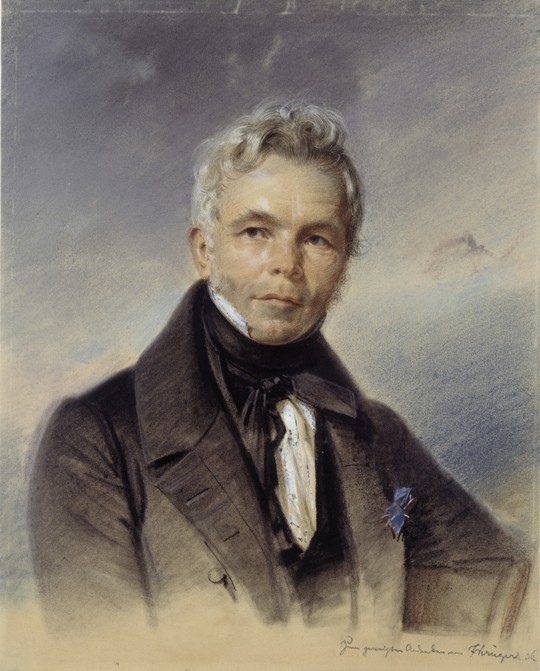
Portrait of Karl Friedrich Schinkel Franz Krüger en reproduction imprimée ou copie peinte à l
Karl Friedrich Schinkel was born in Neuruppin on 13 th March 1781 as the second of five children to Dorothea and Johann Cuno Christian Schinkel, an administrative employee of the Protestant Church. Following his father's premature death, his mother had to take care of the children on her own. Her relocation with the family to Berlin in 1794.
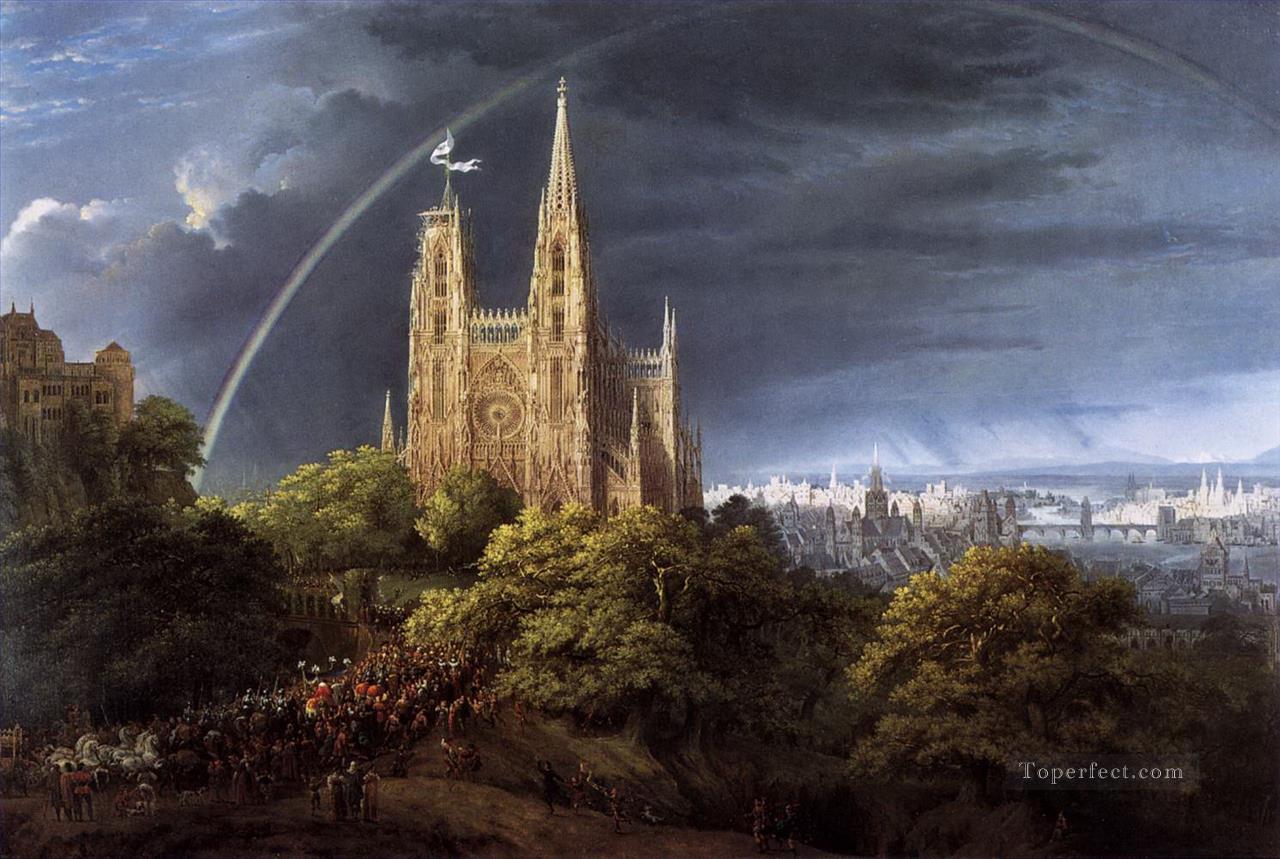
Karl Friedrich Schinkel Medieval City on a River Painting in Oil for Sale
Karl Friedrich Schinkel (b. Neuruppin, 1781-d. Berlin, 1841) was a celebrated Prussian architect, theatre set designer, artist, furniture and object designer, urban planner, and civil servant. Born into modest yet respectable circumstances as the son of a deacon, Schinkel, by virtue of his talent and work ethic, rose in his own lifetime to.
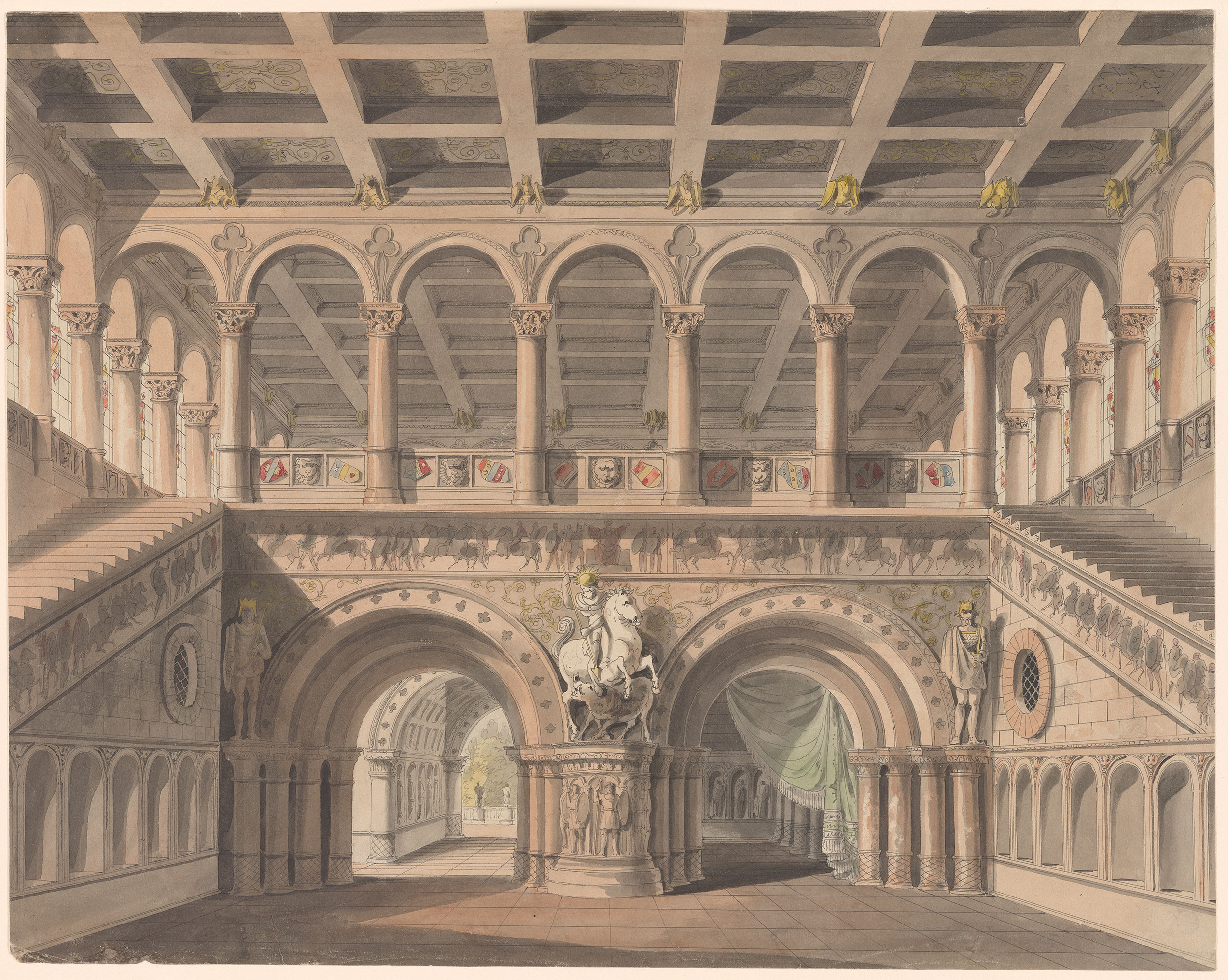
Karl Friedrich Schinkel Stairhall, from King Yngord, Act I Drawings Online The
Karl Friedrich Schinkel, né le 13 mars 1781 à Neuruppin (marche de Brandebourg) et mort le 9 octobre 1841 à Berlin, est un architecte et peintre prussien. Il a profondément marqué le néoclassicisme en Prusse , puis le style romantique ou néogothique .

Karl Friedrich Schinkel Black and White Stock Photos & Images Alamy
The Altes Museum (English: Old Museum) is a listed building on the Museum Island in the historic centre of Berlin, Germany.Built between 1825 and 1830 by order of King Frederick William III of Prussia according to plans by Karl Friedrich Schinkel, it is considered a major work of German Neoclassical architecture. It is surrounded by the Berlin Cathedral to the east, the Berlin Palace to the.

Karl Friedrich Schinkel Prominent Prussian Painter and Architect
Schinkel Lectures. To mark the installation of this new documentary display Focus on Schinkel: A Look at His Life and Work, from 18 January 2024, every second month, a one-hour lecture will be held on Schinkel's work and influence. The Schinkel Lectures will take place on Thursdays at at 6:30 pm. Speakers will include the architecture and art.

Castle by the River (Karl Friedrich Schinkel ) Paesaggi, Arte, Pittore
Karl Friedrich Schinkel (13 March 1781 - 9 October 1841) was a Prussian architect, city planner and painter who also designed furniture and stage sets. Schinkel was one of the most prominent architects of Germany and designed both Neoclassical and neo-Gothic buildings.
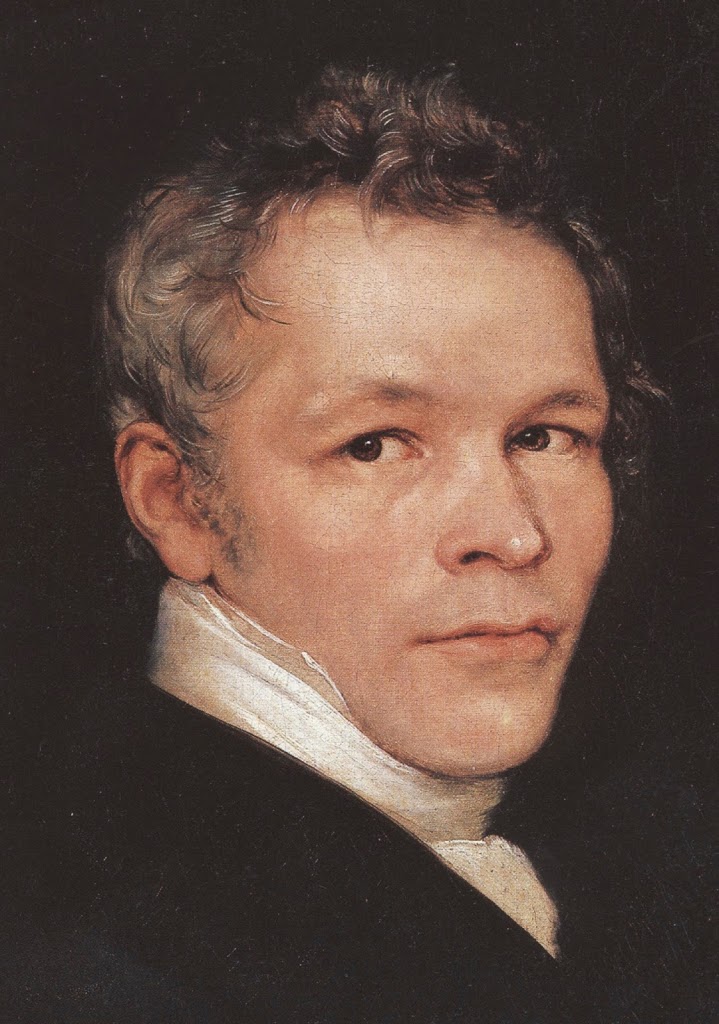
Karl Friedrich Schinkel and the Prussian City Scapes SciHi Blog
Karl Friedrich Schinkel really was an allrounder, active not only in the field of architecture, but also busy in various related creative jobs. He was occupied as stage designer, creating the stage of Mozart 's ' Magic Flute ' performance in 1816 and stage designs for over 42 further plays at the National Theater in Berlin.[ 7 ]

Gothic Cathedral by the Water by Karl Friedrich Schinkel, ca. 1830 Caspar David Friedrich
Karl Friedrich SchinkelArtworks. View all 16 artworks. Karl Friedrich Schinkel lived in the XVIII - XIX cent., a remarkable figure of German Neoclassicism. Find more works of this artist at Wikiart.org - best visual art database.

Karl Friedrich Schinkel Gothic Cathedral by the Water (1813) Caspar David Friedrich Paintings
Karl Friedrich Schinkel (13 March 1781 - 9 October 1841) was a Prussian architect, city planner, and painter. He also designed furniture and stage sets. Schinkel was one of the most importat architects of Germany and designed both neoclassical and neogothic buildings.
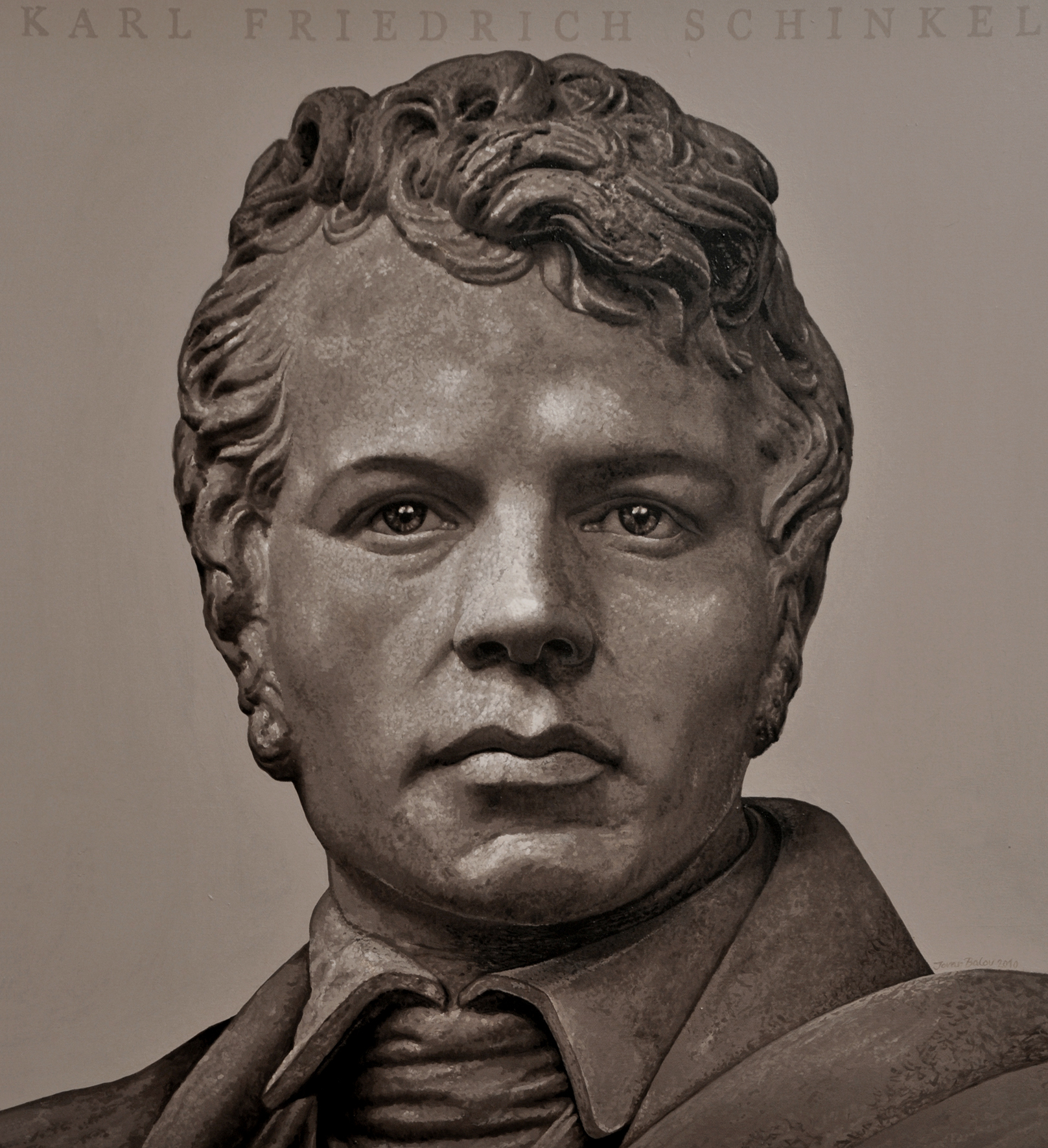
Karl Friedrich Schinkel Alchetron, the free social encyclopedia
Schinkel matured in an era of peace, moderate prosperity, and cultural growth due in part to Prussia's neutrality during the ten years that Austria and the western and southern German states contended with France (1795-1805).8 When the thirteen-year-old Schinkel moved to Berlin in 1794, the city was being transformed from a provincial town lacking the established traditions of London.

Karl Friedrich Schinkel Prussian architect, Painter
Karl Friedrich Schinkel (13 March 1781 - 9 October 1841) was a Prussian architect, city planner and painter who also designed furniture and stage sets. Schinkel was one of the most prominent architects of Germany and designed both Neoclassical and neo-Gothic buildings. His most famous buildings are found in and around Berlin.

Karl Friedrich Schinkel Alchetron, the free social encyclopedia
Karl Friedrich Schinkel, (born March 13, 1781, near Brandenburg, Brandenburg—died Oct. 9, 1841, Berlin), German architect and painter whose Romantic-Classical creations in other related arts made him the leading arbiter of national aesthetic taste in his lifetime. The son of an archdeacon, Schinkel studied architecture with the brilliant.